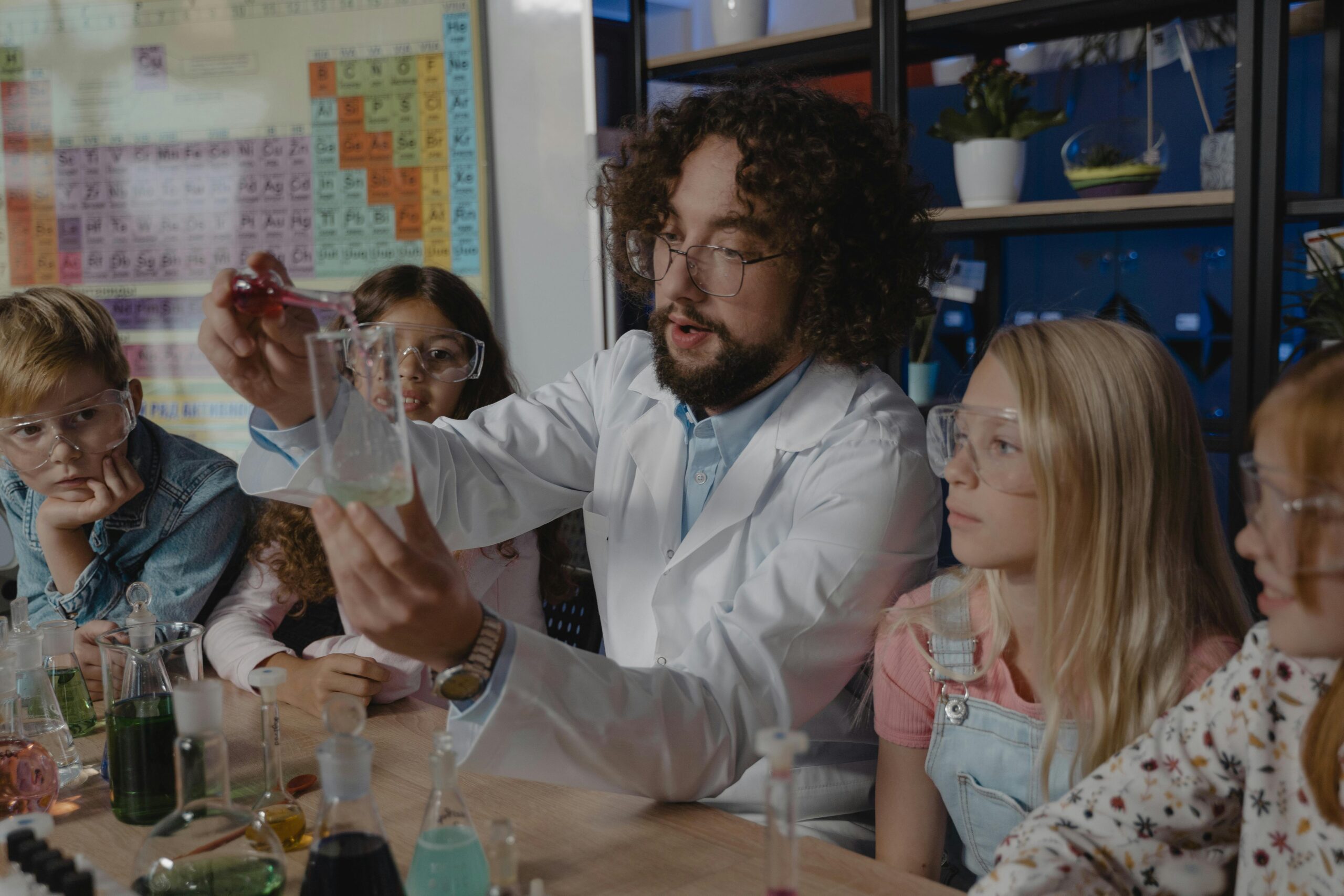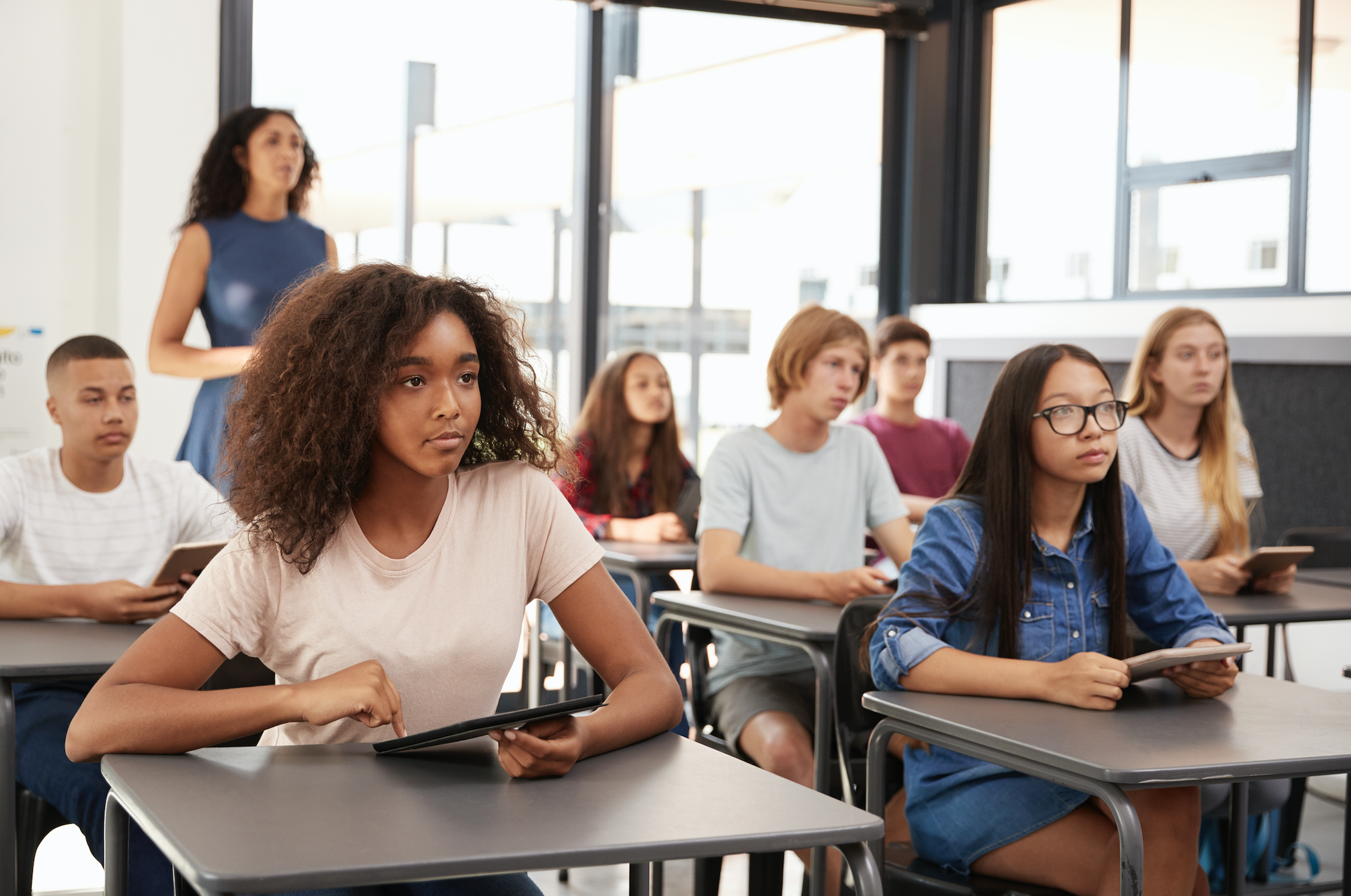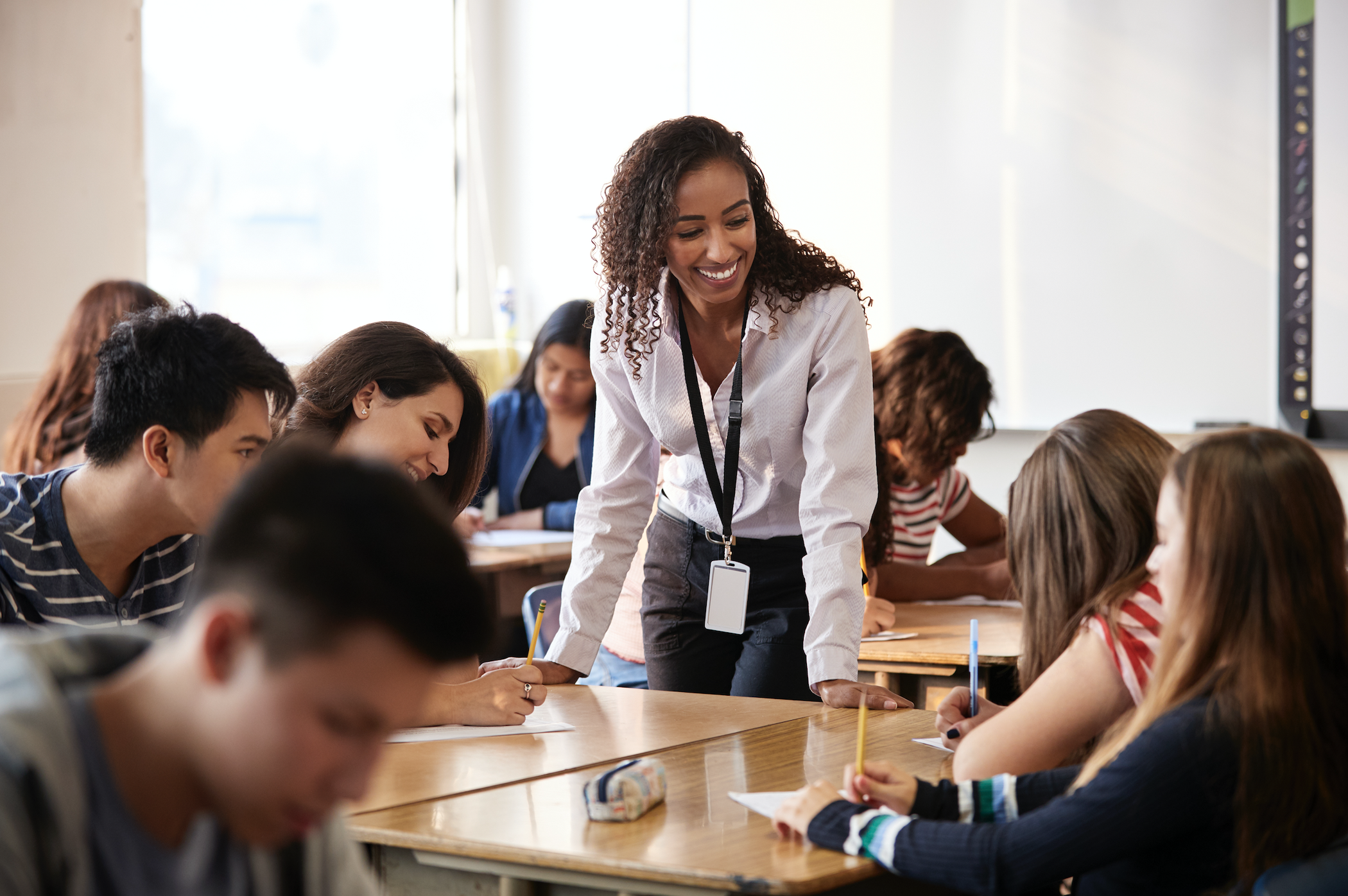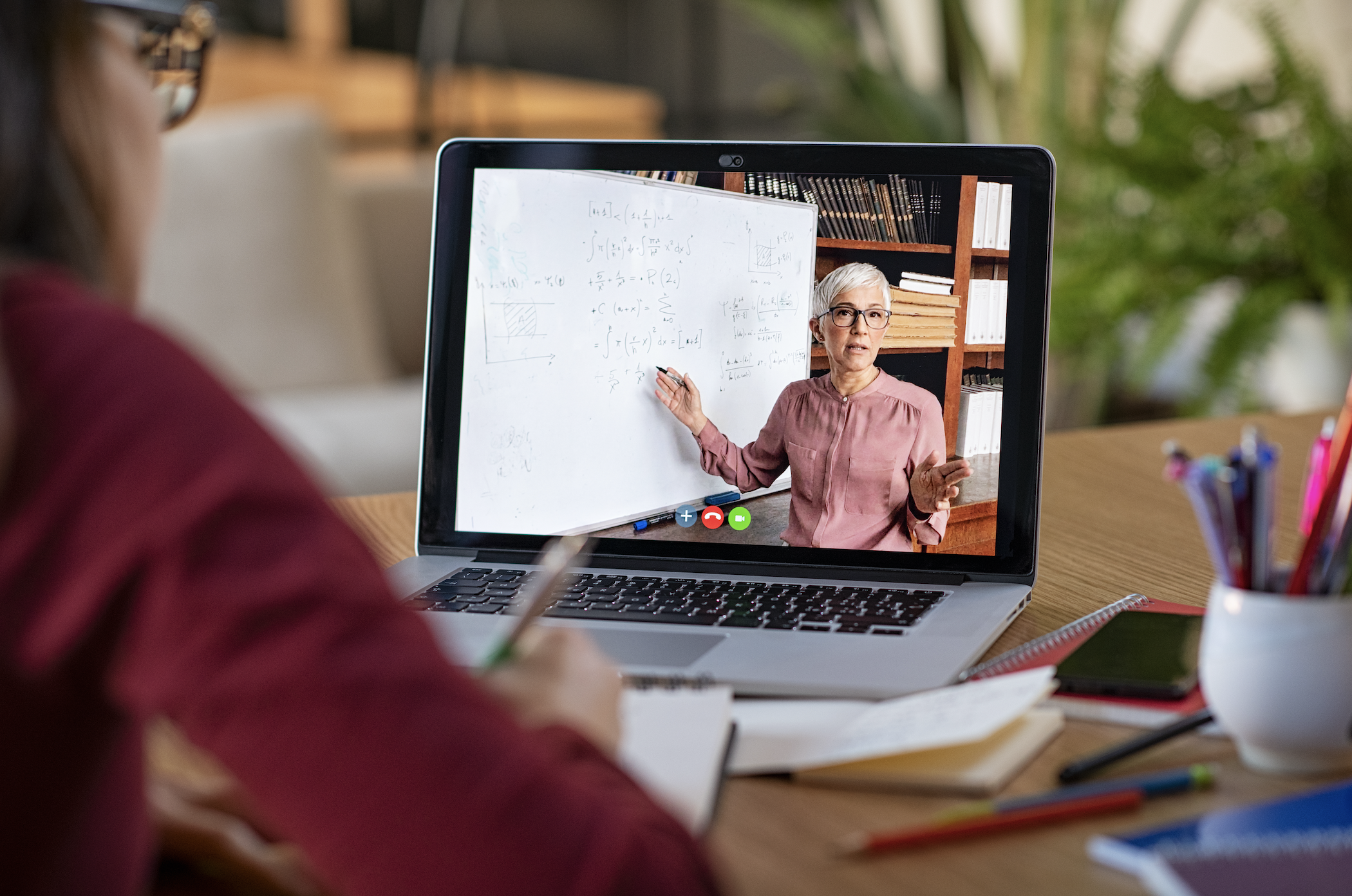
Two Ideas to Enable Students to Engage and Retain a Virtual Lesson
Public education has been founded upon memorization and testing for over a century. While we all agree we must do more than drill our students to memorize curriculum, remembering information will always play a role in learning. Today, millions of teachers face an even more arduous task of doing all of this remotely.
So, what can teachers do to help kids remember stuff?
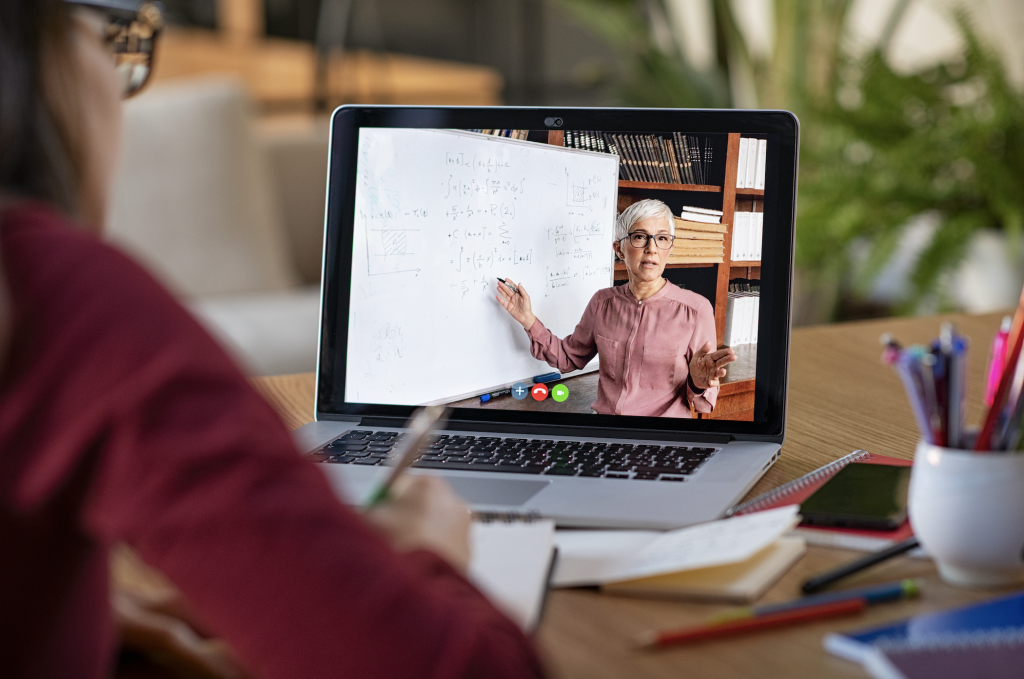
How Our Brain Remembers
While I am not a neuroscientist, I’ve discovered something about the brain that I have been able to leverage as a communicator. I have increasingly utilized two tools for years that have played a significant role in helping my students retain what I’ve taught:
- Imagery
- Emotion
Our memories file information differently depending on the part of the brain we use. The cerebral cortex is the largest site of neural integration in the central nervous system. It plays a key role in attention, perception, awareness, thought, language, and memory. This cortex remembers information primarily through images. In fact, most people think in pictures. When I say the word baseball, most people picture a baseball in their minds, not the letters that spell the word. The cortex is active and displays our recollections visually. Research by Peter Houts, PhD tells us people prefer pictographs over words for instruction because they remember them better. The more we can harness the power of an image, the better our chances are of getting through to a young listener. The company 3M’s research reveals the brain processes images 60,000 times faster than text, using both of its hemispheres. The same study shows that visual aids improve learning by 400 percent. Perhaps Socrates said it best: “The soul does not think without a picture.”
In short, pictures beat lectures. Every time.
Our amygdala, on the other hand, remembers experiences through emotion. While we all experience negative and positive emotions through our years, negative ones fade faster than positive ones, which is good news. The amygdala is the portion of our brain that signals our fight or flight reflex and signals to us how we should respond to a person or event. When we consume information that triggers an emotion, we are more apt to remember it than if it only stimulated our cognition. Every signal our brain receives from the spinal cord travels a path through our amygdala to get to the prefrontal cortex. If the message sparks any level of emotion we are more likely to remember it, especially when we discuss it, according to author John Tierney. Studies show, as a general rule, that we remember emotionally charged events better than boring ones. Research indicates we retain information that engages us at an emotional level. In fact, the latest studies suggest that it is the emotions aroused in us, not the personal significance of the event, that makes such events and information easier to remember.
Leveraging Imagery and Emotion in Virtual Learning
I spoke to a group of students about their experiences of learning remotely from their teachers this year. Each of them had a negative story of boredom. Some shared how they multi-tasked during class, others how they made fun of the clunky manner in which their instructor taught online, and others acknowledged “ghosting” their teachers and failing to show up. My guess is, teachers have less than optimal stories to share as well. Online learning is a tradeoff and has an upside and a downside to the experience. The downside is today’s student, with an eight-second attention span, requires a different pedagogy from faculty.
I say, if our brains recall experiences filled with imagery and emotion, why not use both?
I believe many teachers refuse to leverage pictures and emotions because we assume neither is academic in nature. They both seem to lack rigor and scholarship. My response is these two tools should be used to help students retain robust content. Obviously, we must leverage more than pictures and emotions as we teach difficult subjects like trigonometry or medieval history. But these tools can anchor the learning and enable everyone to remember. It’s why we remember that stirring narrative from a movie more than the boring lecture from a professor.
Five Ideas to Get Started
- Powerpoint slides should always include imagery as well as information, as a rule.
- Videos that cover a related issue in your class and stir emotion can be leveraged.
- Use language that inspires emotions, not just cognition, as you instruct in class.
- Within your class subject, ask students to write out an inciting memory associated with it.
- Identify a photograph that represents your big idea and refer to it throughout your class.
When we teach with only words, we utilize the Gutenberg world, which is not how students learn today. When we teach with images, we utilize the Google world of pixels, which is how students learn today. When we share an idea with mere words, we engage the left brain and invite arguments. When we share an idea with images, we engage the right brain to invite story and emotion. When we harness merely words, we engage only a portion of the senses in the learning process. When we harness metaphors and emotions, we engage a larger portion of the senses in the learning process.
Want a kick start to implement these ideas? Check out Habitudes: Images That Form Leadership Habits and Attitudes. These images teach timeless principles about social and emotional learning, life, character, leadership, and relationships.



